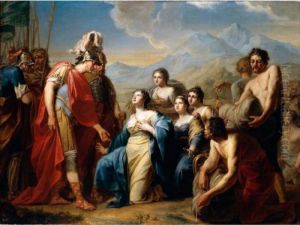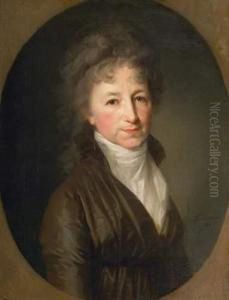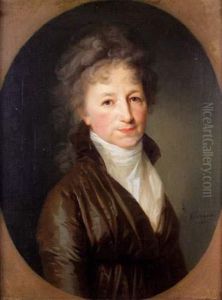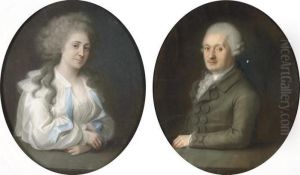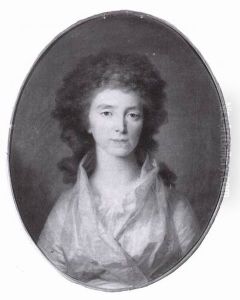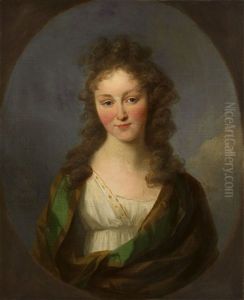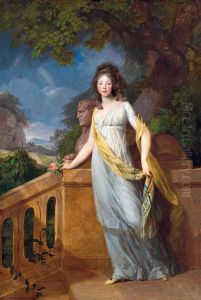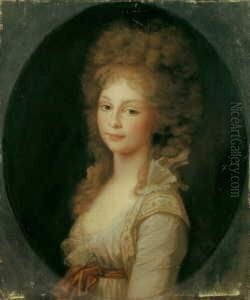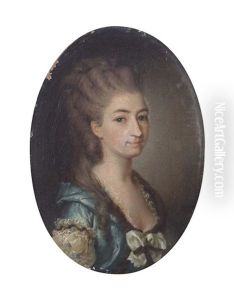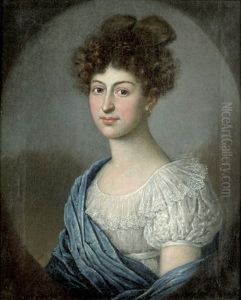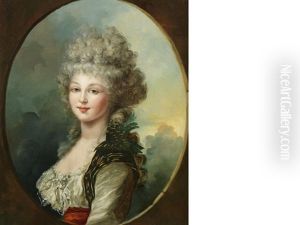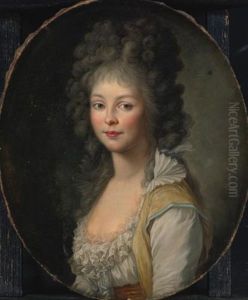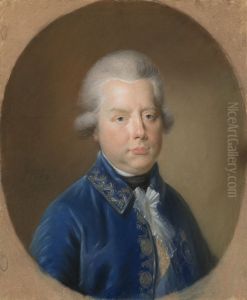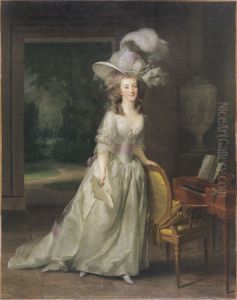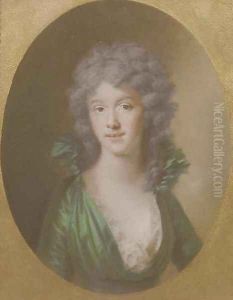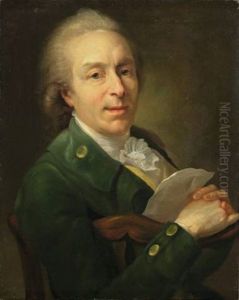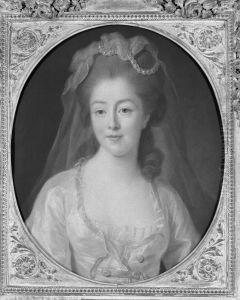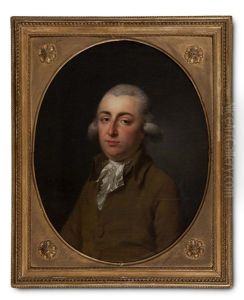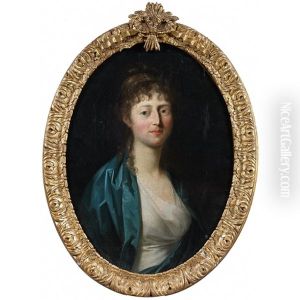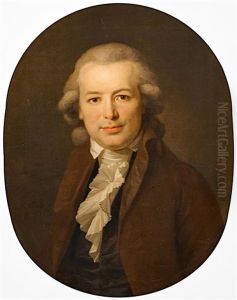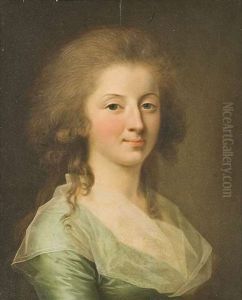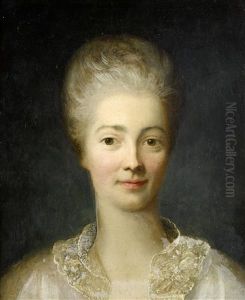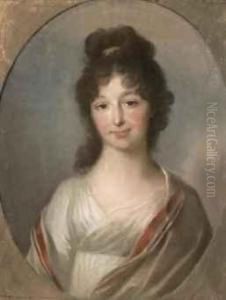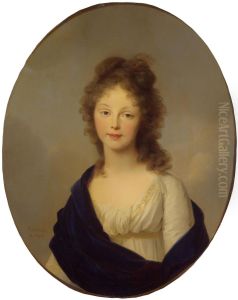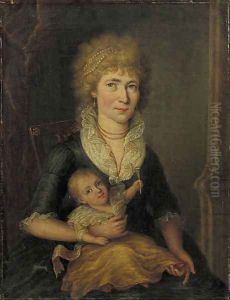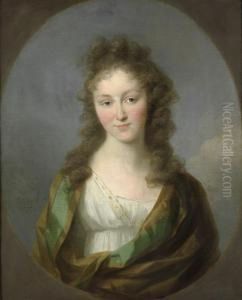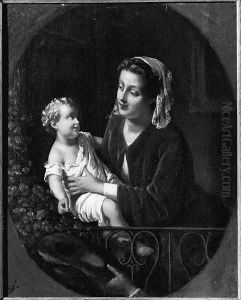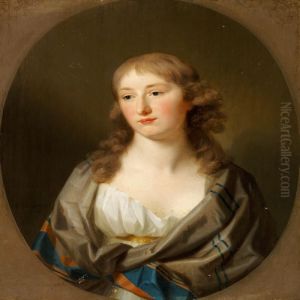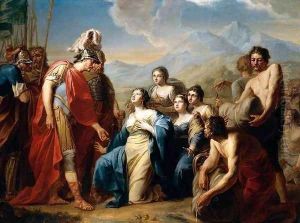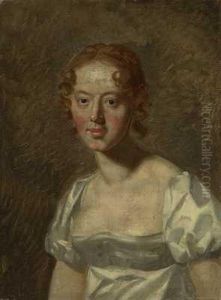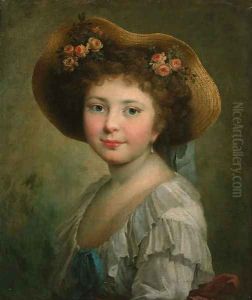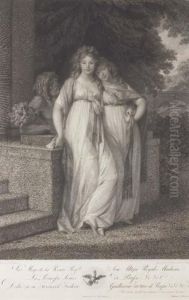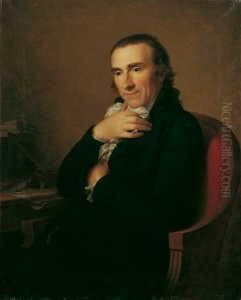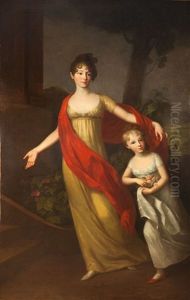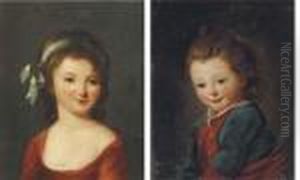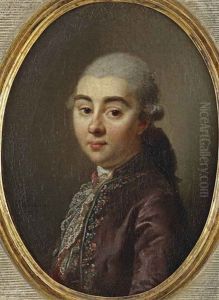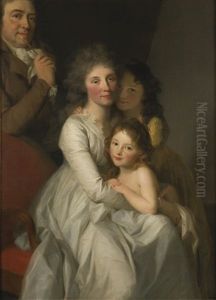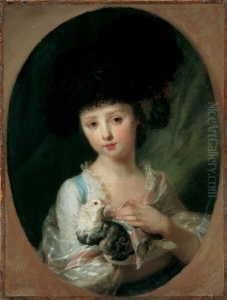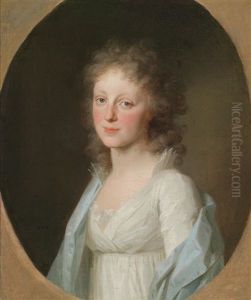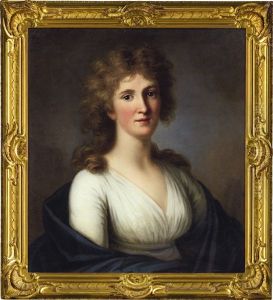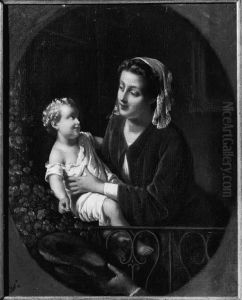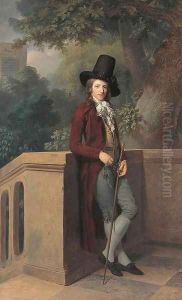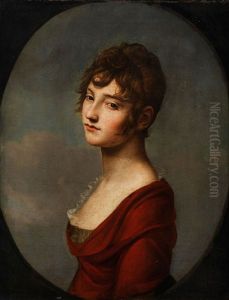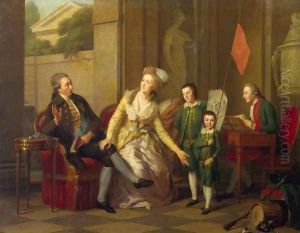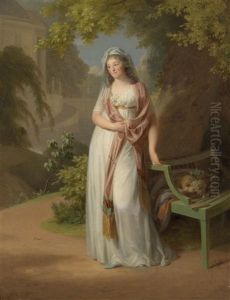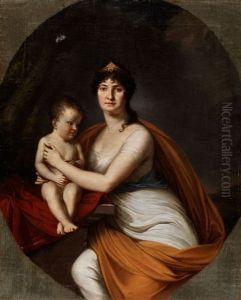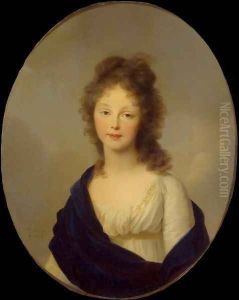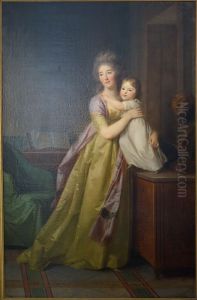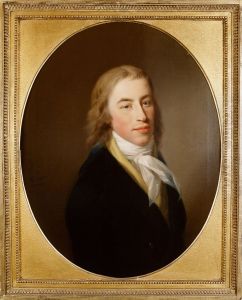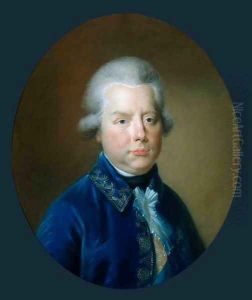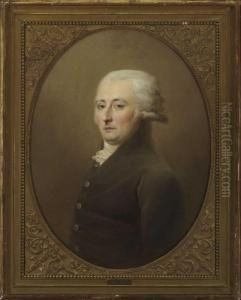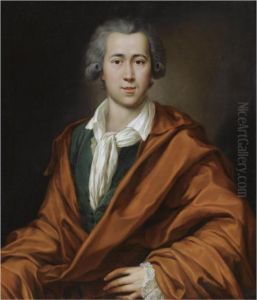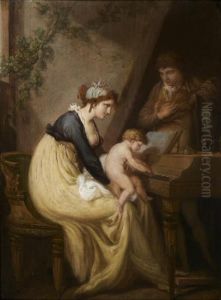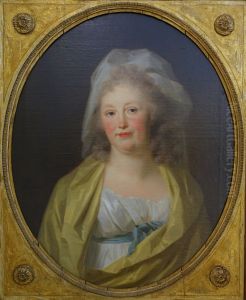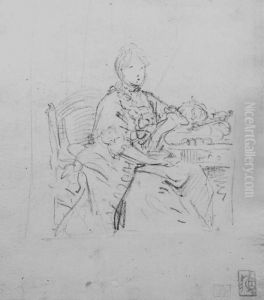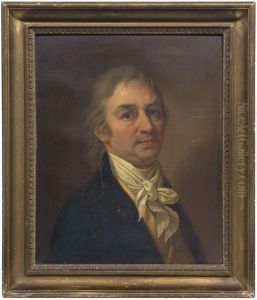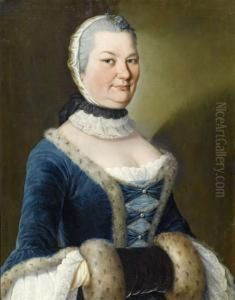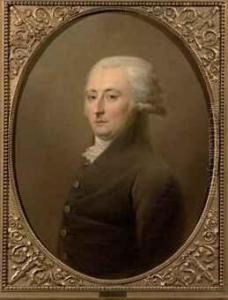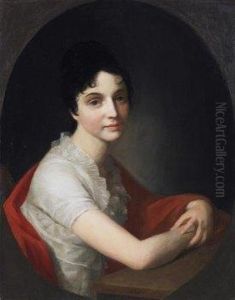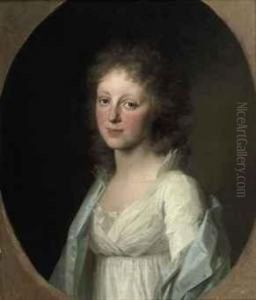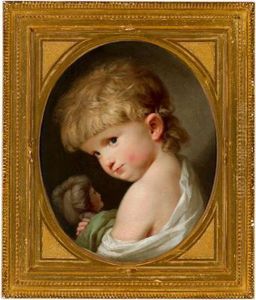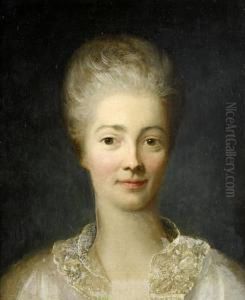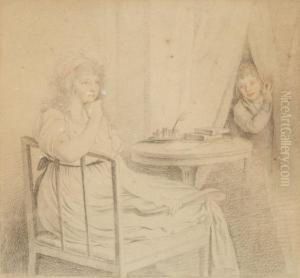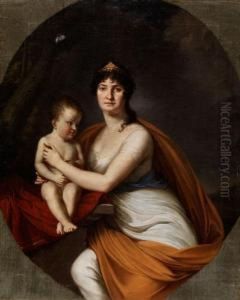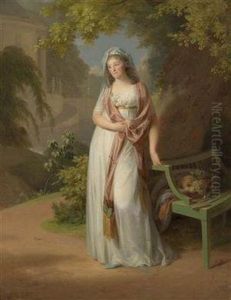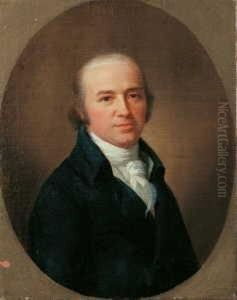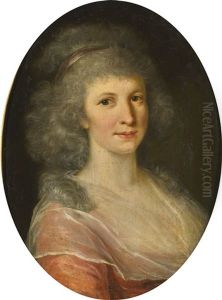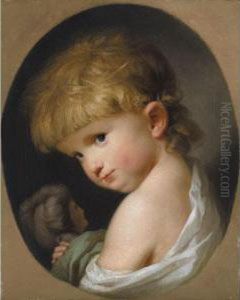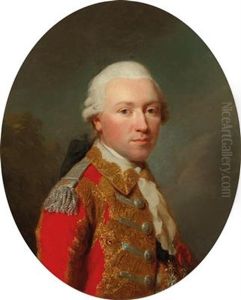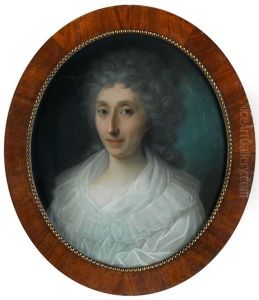Johann Friedrich August Tischbein Paintings
Johann Friedrich August Tischbein, also known as the Leipziger Tischbein, was a notable German painter from the Tischbein family of artists, a dynasty that made significant contributions to art over several generations. Born on March 9, 1750, in Maastricht, which was then part of the Prince-Bishopric of Liège, Tischbein demonstrated an early talent for painting, prompting him to pursue a career in the arts amidst the cultural vibrancy of 18th century Europe.
Tischbein's early life was marked by extensive travel and study. He initially trained with his uncle, Johann Valentin Tischbein, in Hildburghausen and later moved to Dresden to study further. His artistic journey led him to Hamburg and then to Paris, where he was influenced by the French style of painting. However, it was his time in Rome, beginning in 1779, that profoundly shaped his style and career. In Rome, Tischbein became part of the German artists' colony and was deeply influenced by the classical art and culture of the city. He developed a particular interest in portrait painting, which would become his most celebrated genre.
Throughout his career, Tischbein enjoyed the patronage of various European nobilities, including the court of Naples, where he served as a court painter. His works from this period include portraits of notable figures such as Goethe, with whom he developed a personal friendship. The portrait of Goethe in the Roman Campagna (1787) is among his most famous works, exemplifying Tischbein's skill in capturing the intellectual spirit of his subjects amidst the classical landscape that inspired them.
Despite his success, Tischbein's life was not without challenges. Political turmoil in Naples and the broader European context affected his career, and he moved several times in search of patronage and artistic inspiration. In the later years of his life, he returned to Germany, where he continued to paint and participate in the artistic community until his death on June 21, 1812, in Heidelberg.
Tischbein's legacy is marked by his contribution to neoclassicism and portrait painting. His works are characterized by a keen observation of detail, a profound understanding of human character, and a delicate handling of light and color. Beyond his artistic output, Tischbein's career reflects the vibrant cultural exchange and intellectual pursuits of the late 18th and early 19th centuries in Europe. His paintings remain celebrated for their historical significance and artistic merit.
